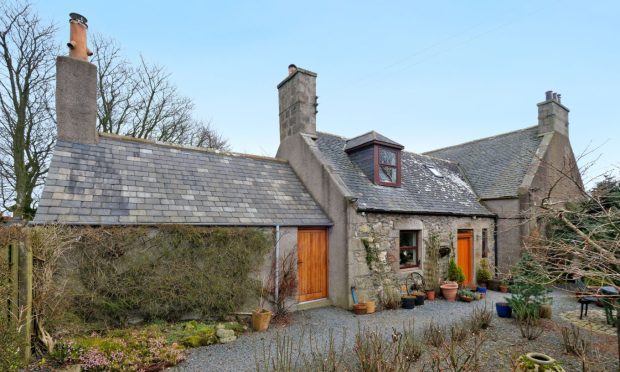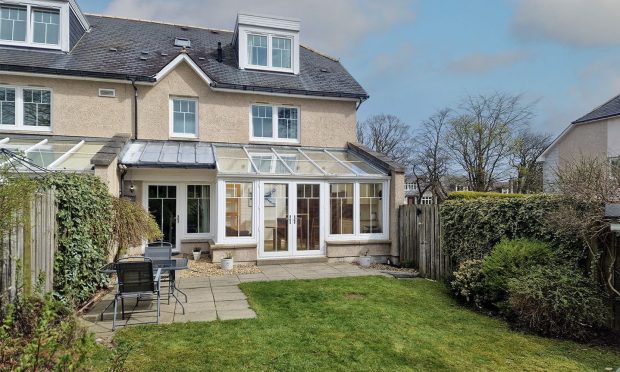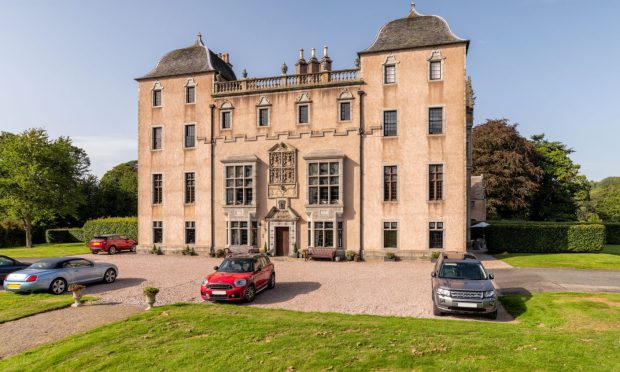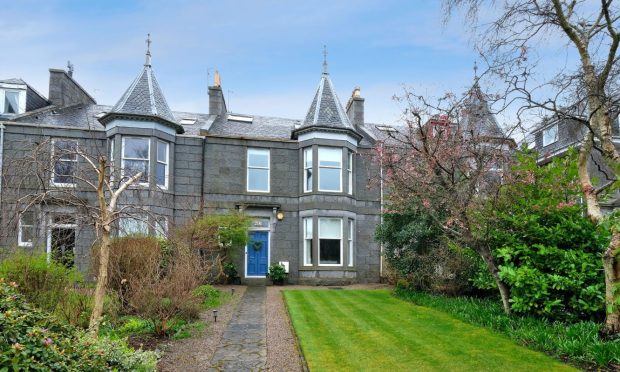Local estate agents have hit out at claims Aberdeen’s housing market is the slowest in the UK, branding them “utterly ridiculous”.
Property firm GetAgent said homes in the Granite City are the least in-demand of anywhere in the country.
It used nationwide estate agent data to say only 14% of properties in Aberdeen changed hands or were placed under offer in the first three months of the year.
It said the UK average was 60%, with areas such as Glasgow almost reaching 75%.
The firm said Aberdeen has “consistently ranked as one of the lowest UK locations for buyer demand”, mainly pointing the finger at the 2014 oil price crash and the impact it had on thousands of livelihoods.
GetAgent said it aligned with “similar” trends seen in other areas, such as former coal mining towns, where one industry played a major role in everyday life.
But the company’s findings have been called into question by estate agency Aberdein Considine, which said the “utterly ridiculous” report was painting the region as “some kind of post-industrial property wasteland”.
City affected by ‘boom or bust’ energy sector
According to GetAgent, which used information from Rightmove and Zoopla, there was a demand level of 14.2% in the city between January and March – representative of those marked as sold or under offer.
This was an increase of 1.6% on the final three months of 2020.
Its founder and chief executive, Colby Short, said: “The boom or bust nature of the oil industry saw the Aberdeen property market perform very well in previous years, but as the prominence of the industry within the area has declined, so has the demand for housing.
“As a result, there are plenty of homes coming to market but only a limited number of buyers looking to transact.
“This is an issue that has only been exacerbated due to the pandemic.
“We’ve seen a similar trend across other areas, such as former coal mining towns, where the local economy, and therefore housing market, was heavily driven by industry.”
Authors ‘have probably never set foot in Aberdeen’
The findings have been disputed by the national estate agency director of Aberdein Considine, which has nine offices across the north-east.
Alan Cumming has pointed to official data, which said property sales of £240 million were recorded in the area over January and February – behind only Edinburgh, Glasgow and Fife.
He added: “We sell one in four properties in the north-east and, of the homes we have on the market right now, we have 25% under offer – almost double the average suggested in this report.
“In Aberdeenshire, one-third of the homes we have on the market have a sale agreed.
“The authors of this report, a London tech company and a London PR agency, have probably never set foot in Aberdeen.
“Their suggestion that the city and shire region – widely regarded as one of the UK’s most prosperous and beautiful – is some kind of post-industrial property wasteland is utterly ridiculous.”
Potential impact of ‘urban flight’
The stats for Aberdeen have improved in recent months, but remain lower than they been previously.
A study by the Centre For Real Estate Research (CRER) at the Aberdeen University Business School earlier this year found house prices in the city had risen around 5% during 2020.
However, they were still down around 4% on what they had been in 2016.
Prices outside of the city, in Inverurie and Stonehaven, increased.
It has been suggested the pandemic has prompted more people to move away from heavily built-up areas to outskirts and rural locations, in a process nicknamed “urban flight”.
But with limited stocks of properties with larger rooms or more outdoor space, estate agents in some areas have been struggling to cope with demand.
Searches for property in Alford surged almost 60% last year, with interest also piquing in the likes of Huntly, Fraserburgh and Ballater.












